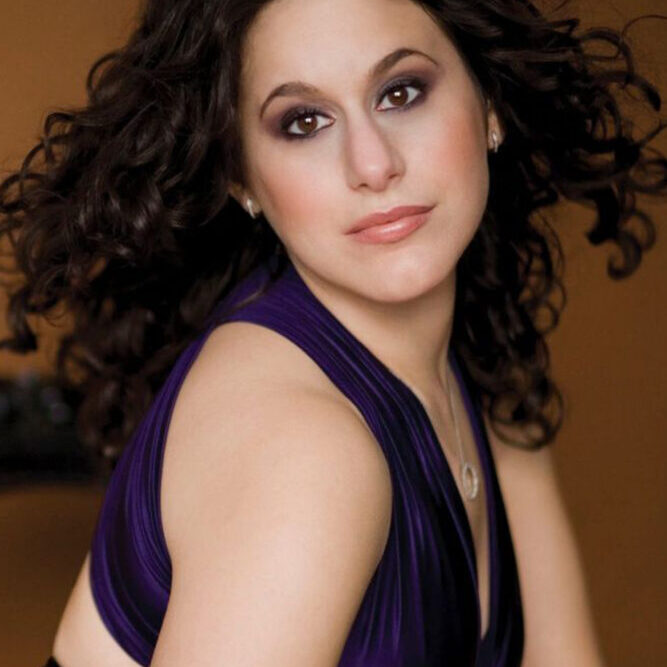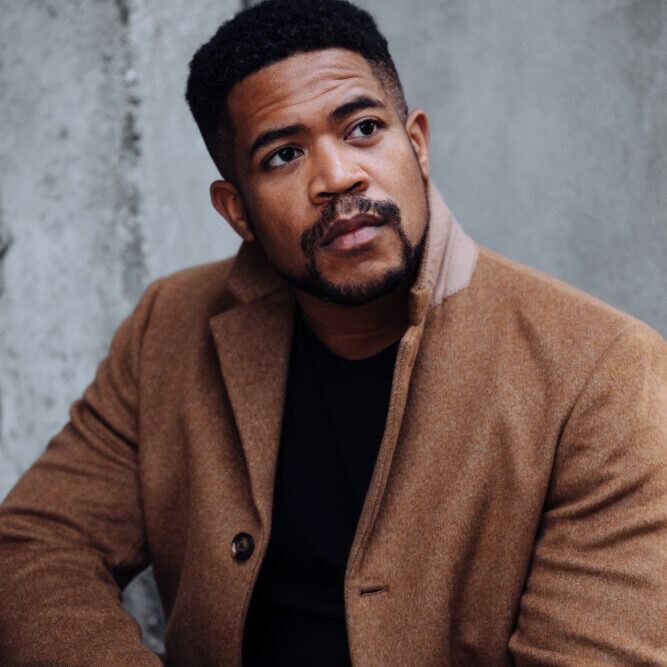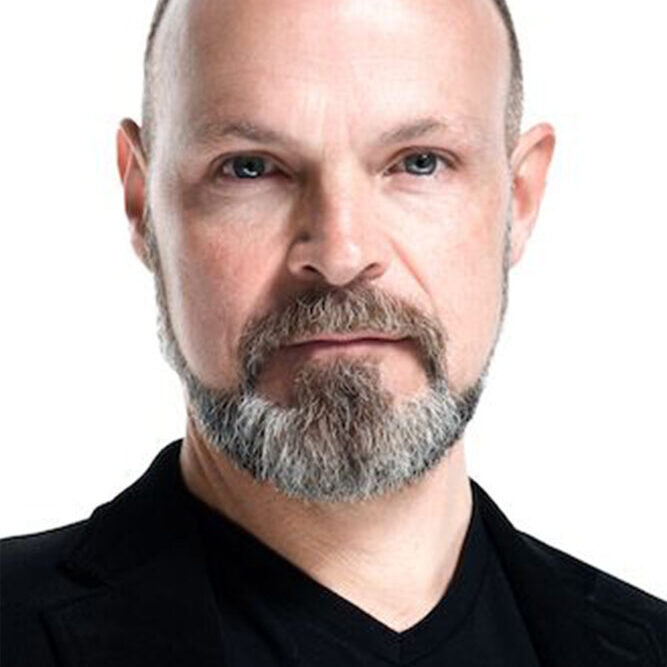Description
This performance is now SOLD OUT. Doors will open at 6pm and seating will remain open through the pre-concert talk, which is free for all attendees. Within General and Priority sections, there are no assigned seats, please plan your arrival time accordingly.
Long associated with the instrumental genre, Carl Phillipp Emanuel Bach is most well-known for his concertos, sonatas, and symphonies. These works earned him a leading position in the years of the Rococo period, bridging the Baroque and Classical eras. Less well-known are his vocal compositions: his oratorios—a genre he explored only three times—are rarely, if ever, performed. For the first time in the U.S., the ASO presents Die Auferstehung und Himmelfahrt Jesu (The Resurrection and Ascension of Jesus) (1774). First performed during Easter in 1774, the work illustrates some of the unique features of the Rococo period, such as abrupt changes in mood, fluid dynamics, and highly chromatic harmonic writing that point less to the music of C.P.E. Bach’s illustrious father, and more strongly to the innately expressive, passionate flavor of the Romantic period’s music. Accompanying the oratorio in its U.S. premiere is C.P.E. Bach’s choral work Heilig (Holy) (1776). The composer thought highly of the work, cheekily writing that it “may serve to ensure that I am not too quickly forgotten after my death.”
The ASO and St. Bartholomew’s Church share a connection rooted deep in the history of both institutions. ASO founder Leopold Stokowski began his American career as organist and choirmaster of St. Bartholomew’s before founding the orchestra in 1962.
Presented in collaboration with the Mid-Manhattan Performing Arts Foundation.
St. Bartholomew’s Church is located at 325 Park Avenue between East 50th and 51st Streets.
The ASO’s Vanguard Series is made possible by the New York State Council on the Arts with the support of the Office of the Governor and the New York State Legislature.
This program is supported, in part, by public funds from the New York City Department of Cultural Affairs in partnership with the City Council.
Details
Program
C.P.E. Bach (1714-1788)
Heilig, H.775 (1776)
C.P.E. Bach (1714-1788)
Die Auferstehung und Himmelfahrt Jesu, H.777 (1774)




